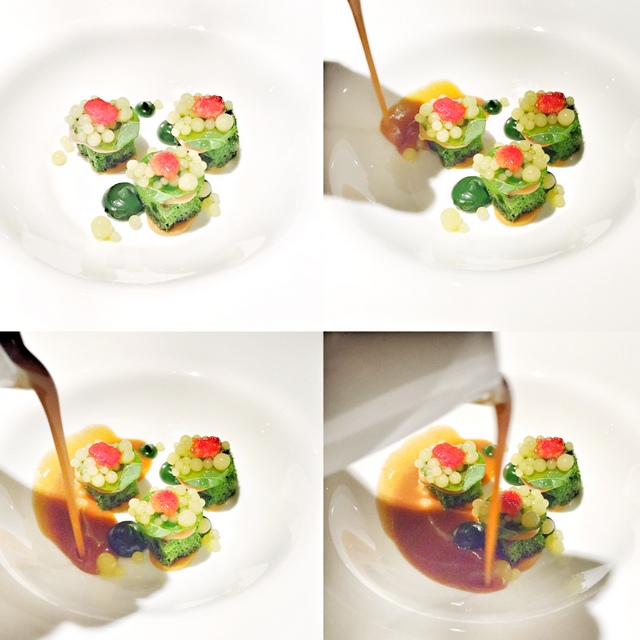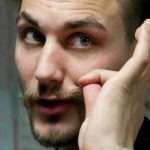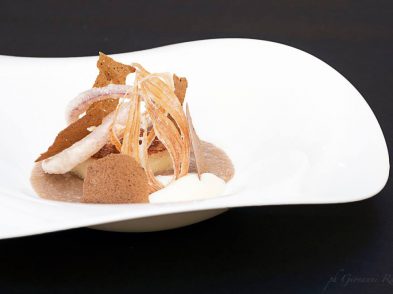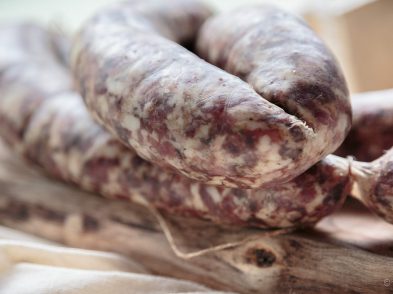Once upon a time there really was very little: a couple of vegetables from the allotment and a piece of stale bread, and yet both managed to feed an entire family. Italy’s most symbolic dishes came to light like this, thanks to the creativity of those who, forced to make do, did their utmost to give flavor and substance to a few bland ingredients.

Simone Cipriani’s Ribollita 2.0 is a new take on an old Tuscan classic. Photo ©2016 Marco Badiani / The Florentine
Contemporary Italian cuisine should be a vehicle with which to preserve the past. And since we no longer have to think about where our next meal is coming from, we’re beginning to lose many of our culinary principles.
Generational change is quick and it brings progress, but there’s also the risk of making traditions marginal, so the work I strive to do in the kitchen always starts with a memory, a recollection of a flavor imprinted on the collective consciousness.
Take my Ribollita 2.0, for example: little cubes of bread soaked in Tuscan kale juice, dehydrated so that they have the consistency of old bread but in such a way that they maintain the kale’s aroma. The vegetables, which are usually boiled to make the traditional Tuscan soup, are cooked for just 40 minutes: to extract all the flavor without altering the nutritional substances. The oil is spherified into tiny balls using vegetable gelatin to change the form while preserving the taste. A bean and vegetable puree whisked as if it were a mayonnaise finishes the dish.
Ribollita 2.0 has all the traditional flavor, while the changes in consistencies make the dish a sight to behold—and it’s fun too!
By respecting the flavor and working on the technique and aesthetics, even people who have never eaten ribollita before are wowed by it. This approach sparks renewed interest in the traditions of the past.
Today’s chefs are duty-bound to uphold old-style tastes, but they have to do it intelligently.
Albert Einstein once famously said, ‘Creativity is born from distress, as the day is born from the dark night.’ Chefs should put themselves into the shoes of those who once had nothing, study their country’s history and seek to pass on those feelings through their dishes.








